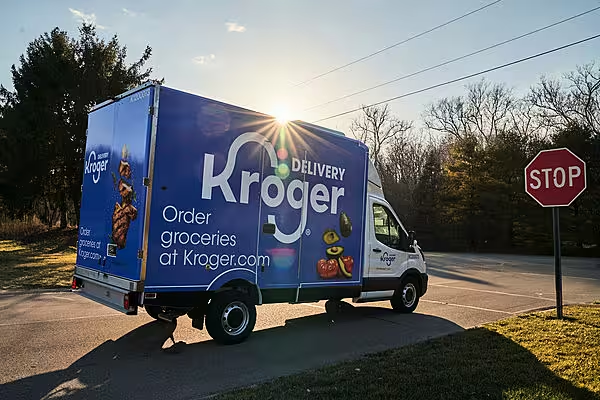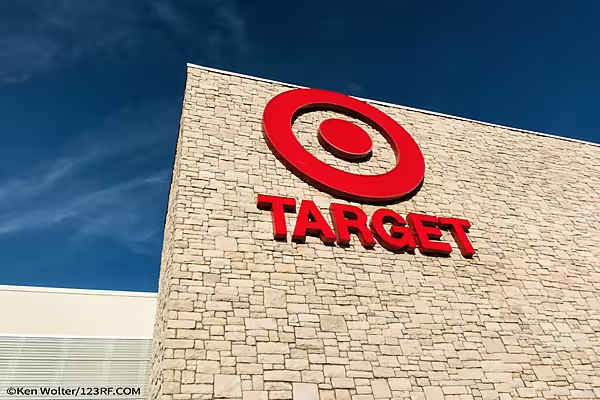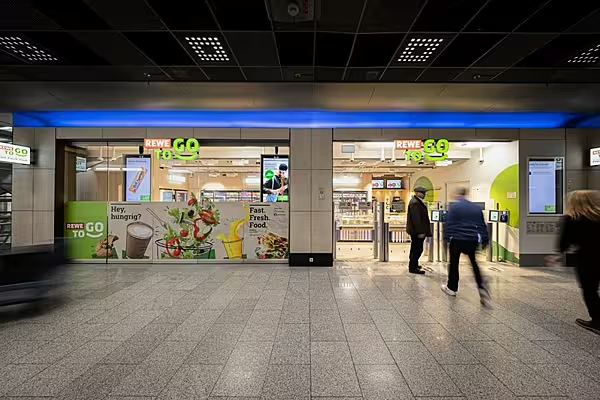A surge in online sales in the US this holiday season is boosting expenses for some retailers as more shoppers return merchandise purchased with the click of a mouse.
Consumers are expected to return $62 billion in goods bought between November and December, up 8 percent from the same period last year, with about a third of those items purchased online, according to retail-research firm Customer Growth Partners. Online sales increased 20 percent this holiday season, figures from MasterCard Advisors show.
While handling returns has been a costly part of retailing for decades, the problem is being exacerbated by more customers shopping online. Internet buyers can’t try on a sweater, feel the fabric, or see its true color and shape, making a return more likely even when someone is purchasing a gift. Shoppers are expected to send back 30 percent of clothing and shoes bought online, twice the return rate of items purchased in a physical store, Customer Growth Partners has found.
“The growth of the Internet is most certainly driving return rates up,” said Craig Johnson, president of Customer Growth Partners. “If you buy it online, you are by definition not trying it on.”
About 80 percent of retailers offered free shipping on returns over the holidays, which can cost about $5 to $7 per item when a customer sends merchandise back, said Johnson. Then there’s the cost of processing a return, which can amount to about $5 in credit-card fees and labor costs to prepare an item for resale, such as ironing, folding and repackaging.
That could put a damper on a better-than-expected holiday season. Sales increased 7.9 percent between the day after Thanksgiving and Christmas Eve, excluding cars and gasoline, according to figures from MasterCard.
Steep Discounts
Once an item is ready to be resold, a retailer often has to offer steep discounts because it may no longer be in season. Getting as little as 20 cents on the dollar for returned merchandise is considered a good price, Johnson said. And rather than trying to re-merchandise an item, retailers often sell it for a fraction of the original price to a liquidator, who then unloads it to second-hand shops, dollar stores or to oversees retailers.
Along with a rise in returns from online shopping, retailers are also seeing more fraud. About 3.5 percent of holiday returns, totaling $2.2 billion, will be bogus this year, up from 3 percent in 2014, according to the National Retail Federation. The most common type of return fraud is when someone steals an item and then brings it to a store without a receipt, or with a fake sales slip.
Total annual returns this year are expect to reach $260.5 billion, or 8 percent of all sales, according to the NRF.
“Return fraud remains a critical issue for retailers with the impact spanning far and wide, in-store and online,” Bob Moraca, vice president of Loss Prevention for the NRF, said in a statement. “While technology has played a significant role in deterring many in-person fraudulent transactions that would have otherwise gone unseen, there is little that can be done to prevent a determined criminal who will find a loophole one way or another.”
News by Bloomberg, edited by ESM. To subscribe to ESM: The European Supermarket Magazine, click here.













